Increased Internet Penetration
Increased internet penetration across Europe is a pivotal driver for the e learning market. With over 90% of the population having access to the internet, educational institutions and learners are increasingly turning to online platforms for education. This accessibility facilitates a broader reach for e learning providers, allowing them to cater to diverse audiences. Furthermore, the rise of mobile internet usage, which has grown by 30% in the last two years, enables learners to access educational content anytime and anywhere. This trend is expected to continue, further propelling the e learning market.
Government Initiatives and Funding
Government initiatives play a crucial role in the growth of the e learning market in Europe. Various European governments are investing in digital education strategies, aiming to enhance the quality of education through technology. For example, the European Commission has allocated substantial funding to support digital learning projects, with an estimated budget of €1 billion for the next five years. These initiatives are designed to improve access to e learning resources, particularly in underserved regions, thereby expanding the market. The commitment to digital education is likely to drive innovation and increase participation in the e learning market.
Rising Demand for Lifelong Learning
The e learning market in Europe is witnessing a rising demand for lifelong learning, driven by the need for continuous skill development in a rapidly changing job market. As industries evolve, professionals are seeking flexible learning solutions to upskill or reskill. Data indicates that approximately 70% of European workers are engaged in some form of lifelong learning. This trend is encouraging educational providers to develop more diverse and accessible e learning offerings, catering to various demographics. Consequently, the growth of lifelong learning initiatives is likely to bolster the e learning market significantly.
Shift Towards Flexible Learning Models
The e learning market in Europe is experiencing a notable shift towards flexible learning models, which cater to the diverse needs of learners. Traditional education systems are often rigid, whereas e learning offers customizable schedules and learning paths. This flexibility is particularly appealing to working professionals and students with varying commitments. Recent surveys indicate that 65% of learners prefer online courses due to their adaptability. As educational institutions recognize this preference, they are increasingly adopting hybrid models that combine online and offline learning, thereby enhancing the appeal of the e learning market.
Technological Advancements in E Learning
The e learning market in Europe is experiencing rapid technological advancements that are reshaping educational methodologies. Innovations such as artificial intelligence (AI), virtual reality (VR), and augmented reality (AR) are being integrated into e learning platforms, enhancing user engagement and interactivity. For instance, AI-driven analytics can personalize learning experiences, catering to individual student needs. According to recent data, the adoption of AI in educational technology is projected to grow by 45% by 2027 in Europe. This shift not only improves learning outcomes but also increases the efficiency of educational institutions, making them more competitive in the e learning market.
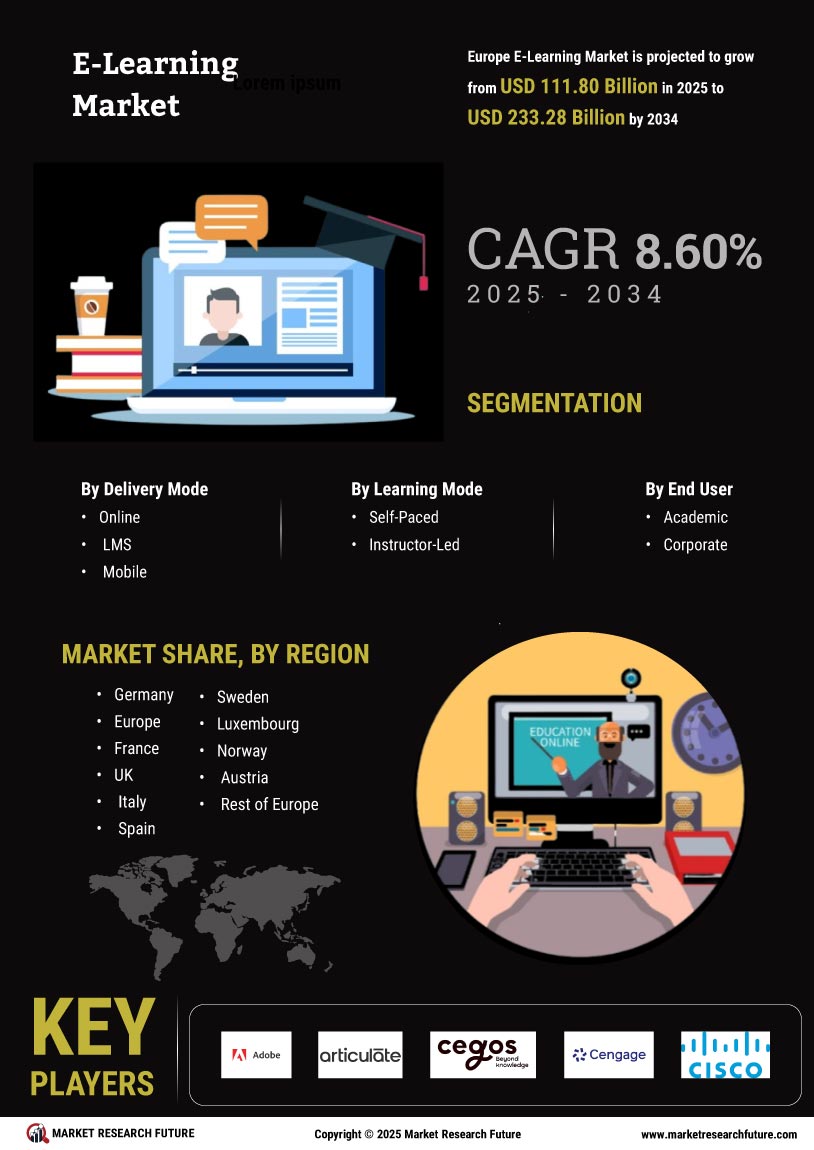

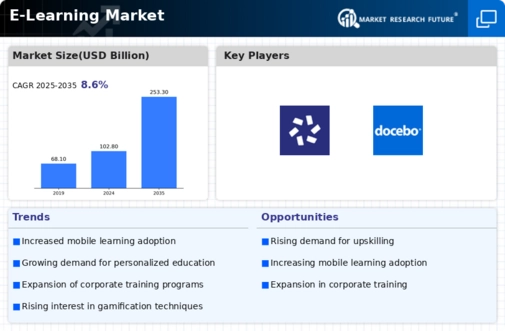
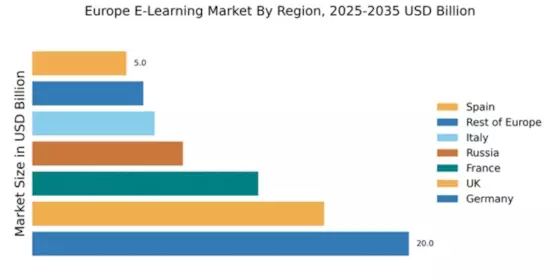

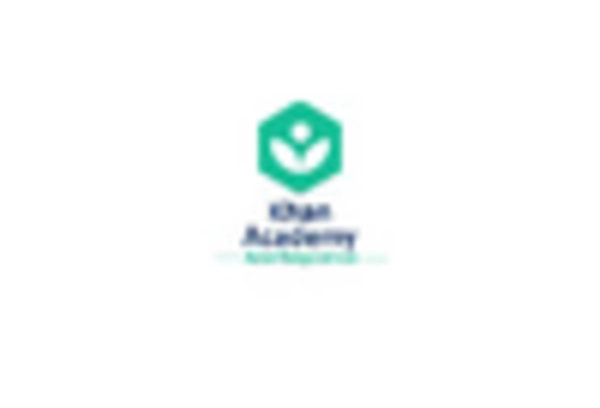


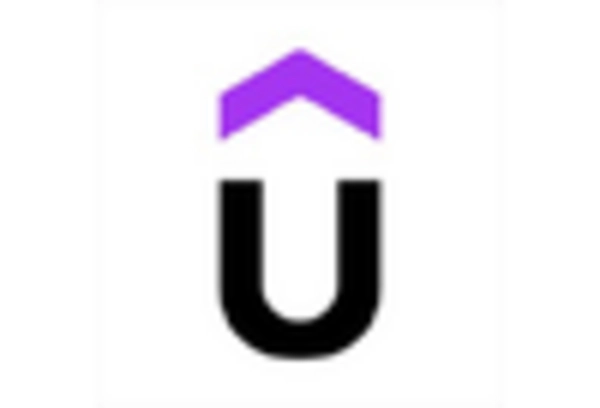
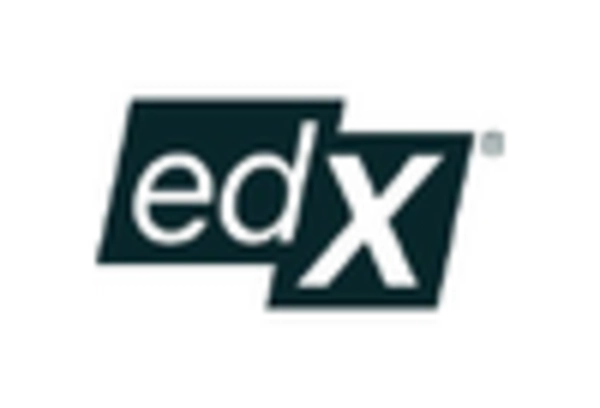








Leave a Comment